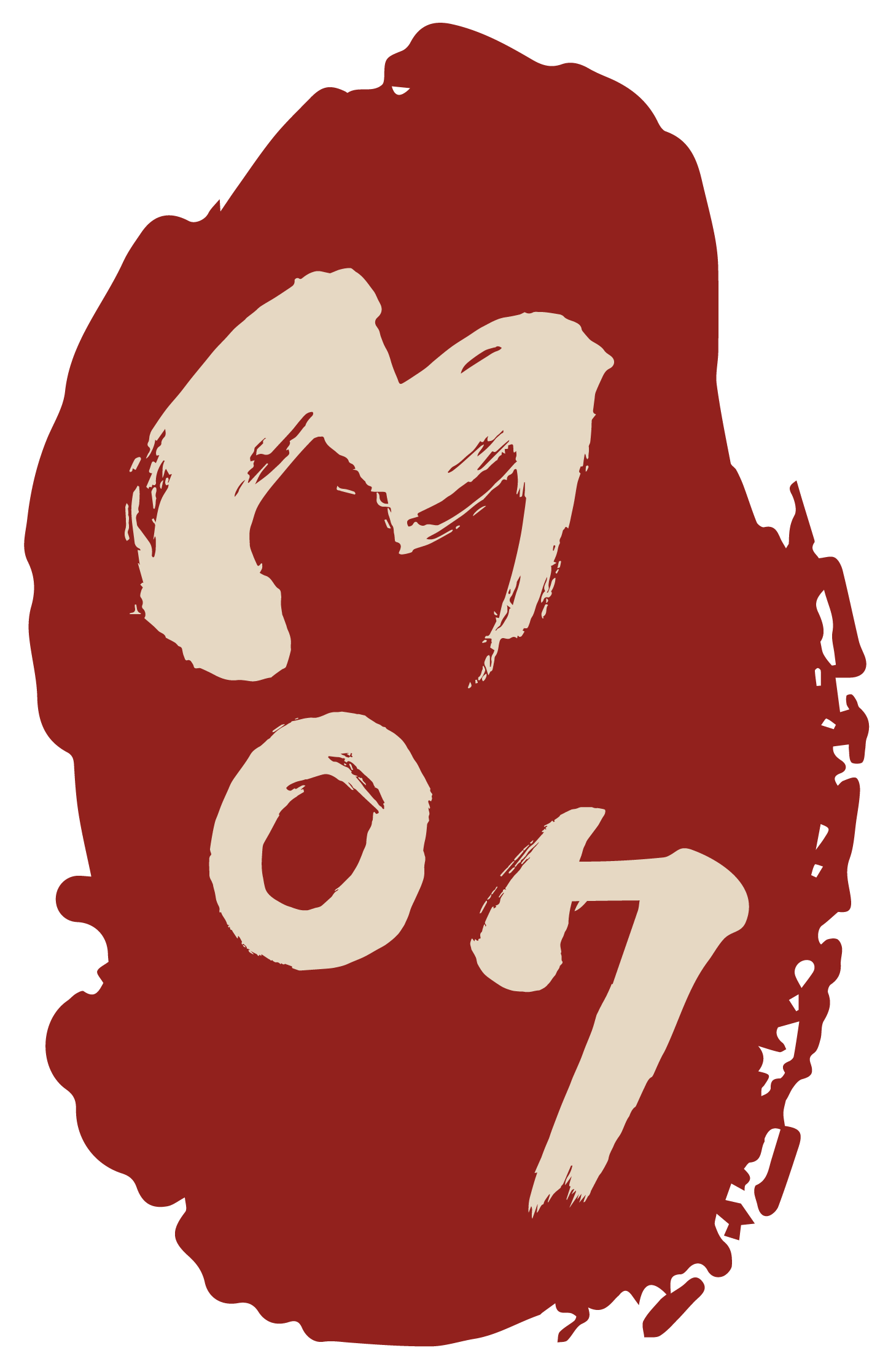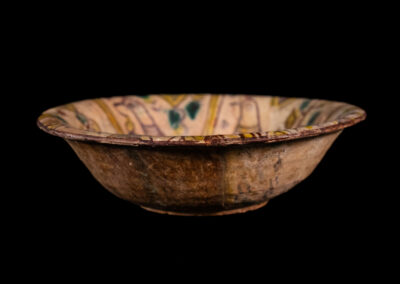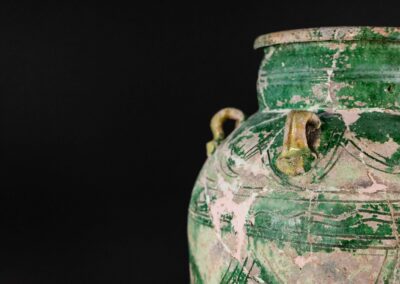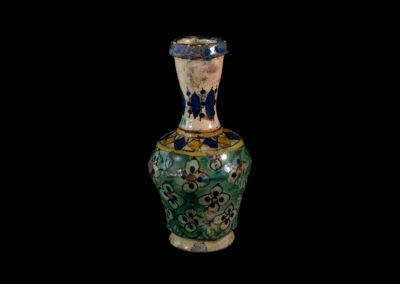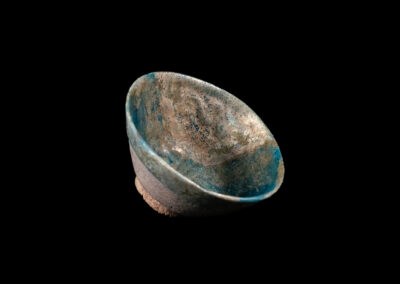EXPLORE & DISCOVER
Persia Collection
Arts and Crafts in Persia and the Islamic World
Because of its geographical location Iran (Persia) was since times an important bridgeland between East and West. The ethnic cultural and religious heritage of Iran (6th to 4th century BC) spread since the 2nd to the 3rd century AD outside the borders of the first Persian Empire. On the one hand the get-together of different ethnicities on the old trade routes/ Silk Roads led to valuable intercultural influences, on the other hand followed step-by-step the abandonment of Greek traditions. The actual history of Persia/Iran that is of fundamental importance for culture and civilisation until to present times started with rules (3rd – 7th century AD) by the Sasanian Princes. [1]
After the foundation of Islam by Mohammed in the early 7th century AD developed a specific Islamic art that manifested itself on numerous countries along the Silk Roads and the routes to the sea. When the Mongols had invaded the Islamic world (1253 – 1353 AD) the traditions of the Islamic arts were influenced and enriched to a considerable extent. Chinese motifs like dragons, phoenixes, lotus-blossoms, peonies and clouds became part of Islamic decor. The new motifs were included in all areas of the arts: painting and book-art, production of glass, design of metal, wood, stone and ceramics. [2] (HV)
________________________
[1] Gnoli, Gherardo (2003): Iran: Vorgeschichte und Entwicklung einer Idee. In: Seipel, Wilfried (Ed.): 7000 Jahre persische Kunst. Meisterwerke aus dem Iranischen Nationalmuseum in Teheran. Antikenmuseum Basel und Sammlung Ludwig GmbH Bonn. 17-21/ Wilfried Seipel: Vorwort. 9/10/ Mohammed Reza Kargar. Zum Geleit. 11
[2] Staatliche Museen Preußischer Kulturbesitz (2001): Museum für Islamische Kunst. Verlag Philipp von Zabern Mainz. Berlin/Mainz/ Enderlein, Volkmar: Zur Geschichte des Museums für Islamische Kunst. 1-7/ Helmecke, Gisela: Die Mongolen im Iran (1253 – 1353). 101
